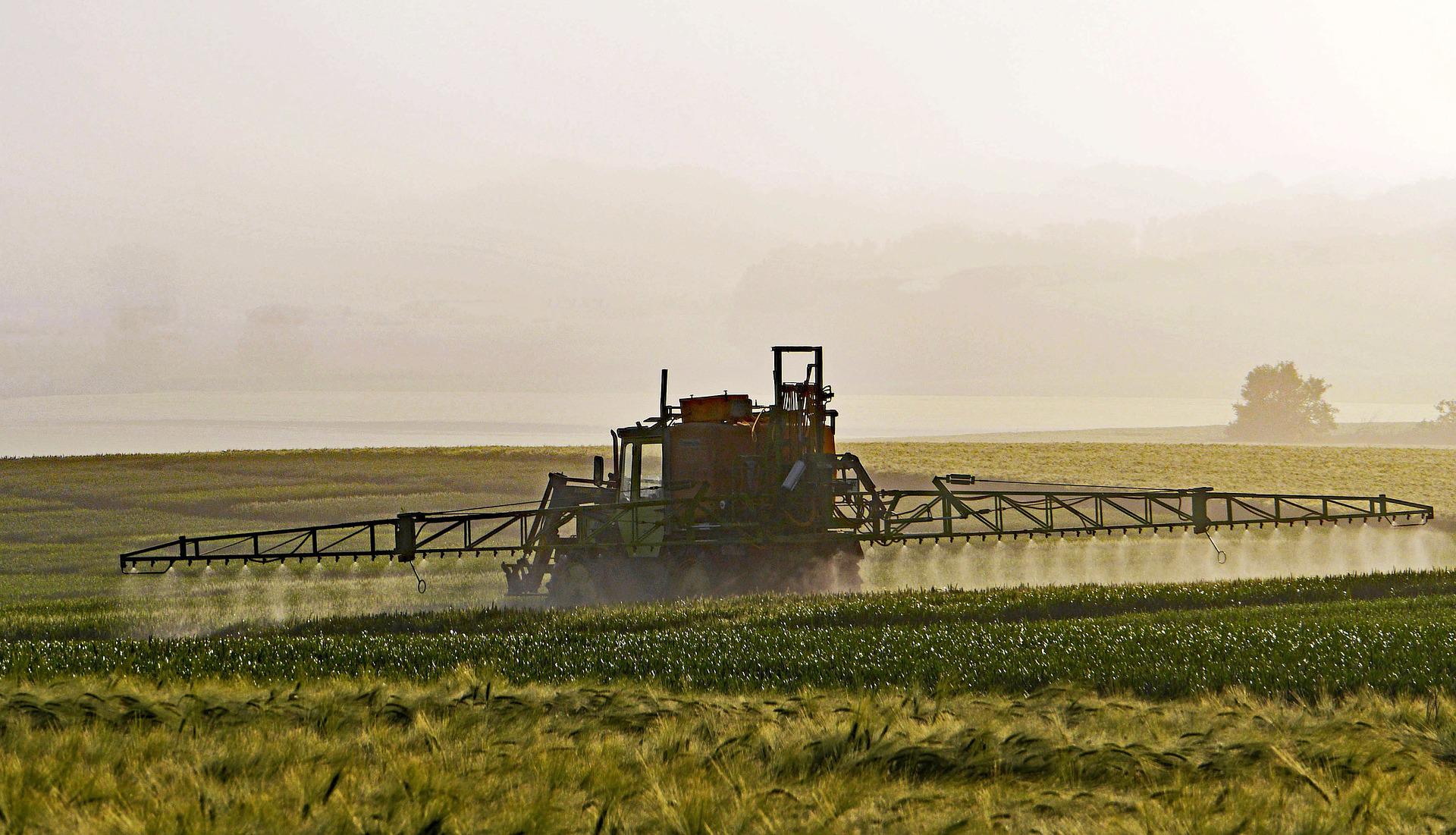Methods of chemical pest control
The following must be done before applying pesticides:
Choose the active ingredient in a pesticide:
- Whenever possible, use an active ingredient that is only effective against the primary pest.
- To avoid pesticide resistance, alternate pesticides from different groups when repeating the control measure.
- Prefer a lower toxicity active ingredient (LD 50 percentage) over a higher toxicity active ingredient.
- Choose the active ingredient that degrades the quickest in soil and water.
- Keep track of the pre-harvest period.
- The killing effect is reached by contact, not ingestion, if the pesticide has systemic (translocated to other parts of the plant) or contact effects.

Formulation selection:
- Check what application equipment is available and where the pesticide should act (on a leaf, on a fruit, on a stem, in the soil).
- Determine if there are water supply issues.
- Determine if granules can be used.
Choosing a method of application:
- Make a plan for applying the pesticide.
- Find out how much concentration you need to put in.
- Decide whether or not to use a high-volume water spray or a low volume oil spray.
- Determine if a spot-spraying technique can be used.
- Determine the appropriate application equipment for a given set of circumstances.
- Care and maintenance must be provided for all the equipment that will be used.
- Ensure that all necessary safety precautions can be taken before, during, and after application.

(Image source: pixabay.com)
Choosing when to spray:
- Establish that the control threshold has been met.
- Ensure that pests are at their most vulnerable stage of growth.
- Ensure that the weather is suitable.
- The right time of day is crucial.
Migratory pests have a control threshold
Control threshold levels have been established for most migrating pests by the Ministry of Agriculture, Water, and
Forestry. For locusts and armyworm, the number of individuals per square metre must be counted, and a decision
must be based on that count. The need for Quela bird control is determined by the number of birds per 500 m2 in a
given area. Pests usually do their damage after four days. As a result, quick action is recommended. If there are
pests that move around, agricultural extension officers should be able to tell you what to do.
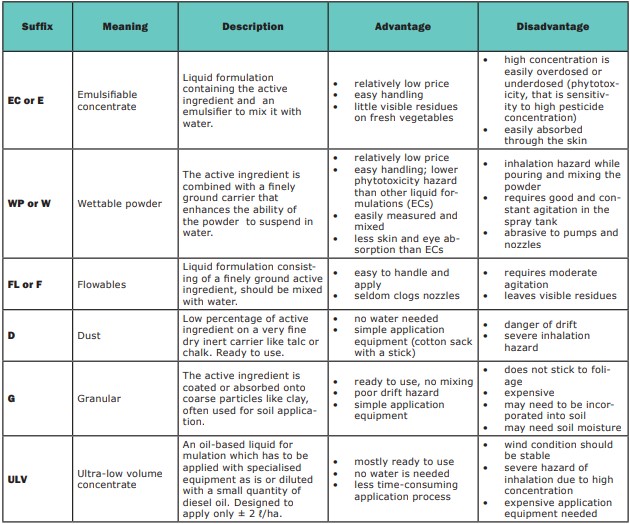
Choosing pesticides based on these factors
Pesticides are classified according to potential dangers
Pesticides’ toxicity values are a good indicator of their potential harm to humans. Toxicology of the pesticide’s active ingredient does not accurately reflect the dangers of pesticide exposure. Here is an illustration of what that means:
Toxic to humans but not to the average consumer, because of its low concentration and marketing as a solid formulation (for example granules) or with low volatility, an ingredient like artificial intelligence in a product may
be classified as “very toxic”.
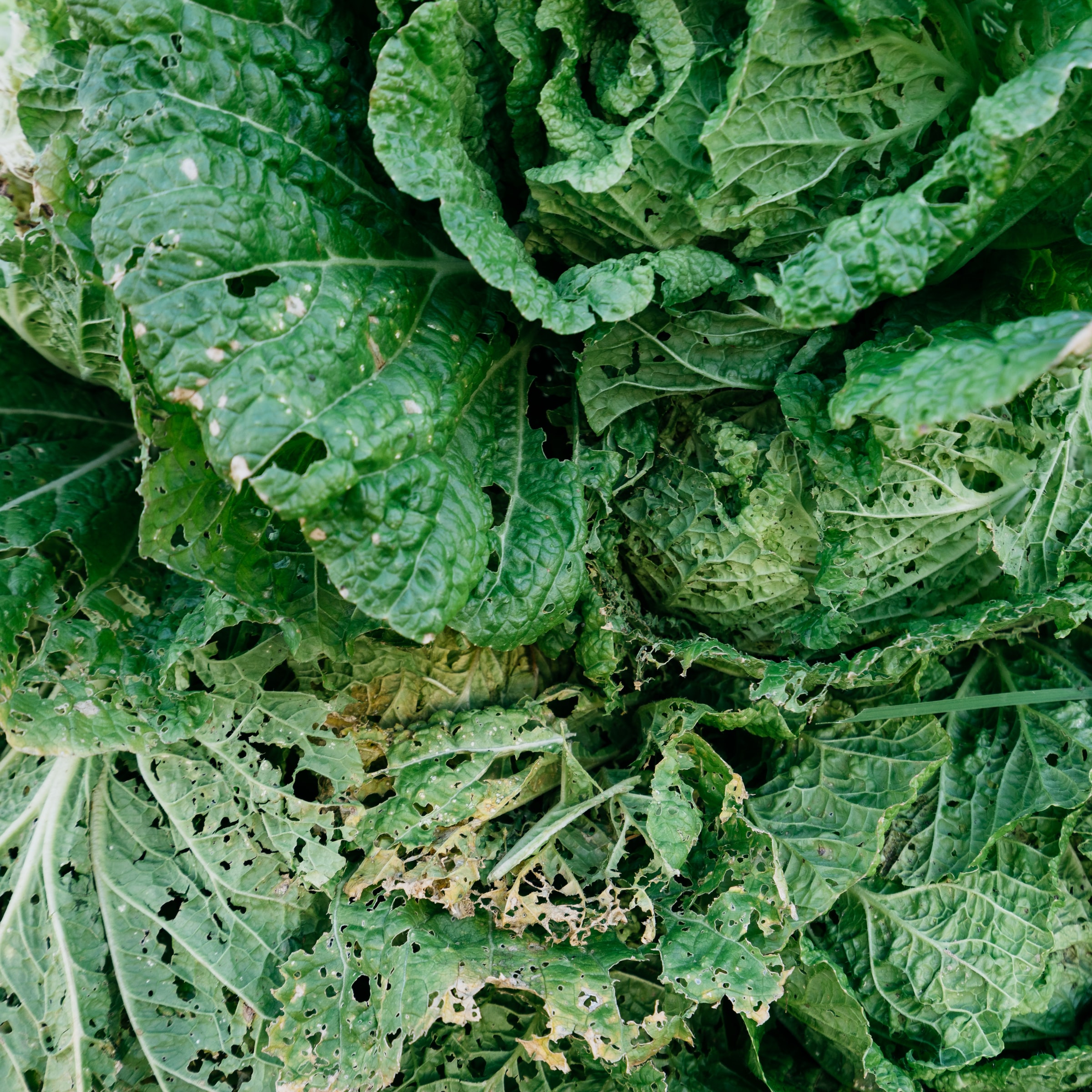
Choose the active ingredient that degrades the quickest in soil and water. (Image source: unsplash.com by Markus Winkler)
Even though the product itself has a low level of toxicity, the fact that it is sold as a liquid with solvents that help it get into the skin quicker may make it riskier for the user.
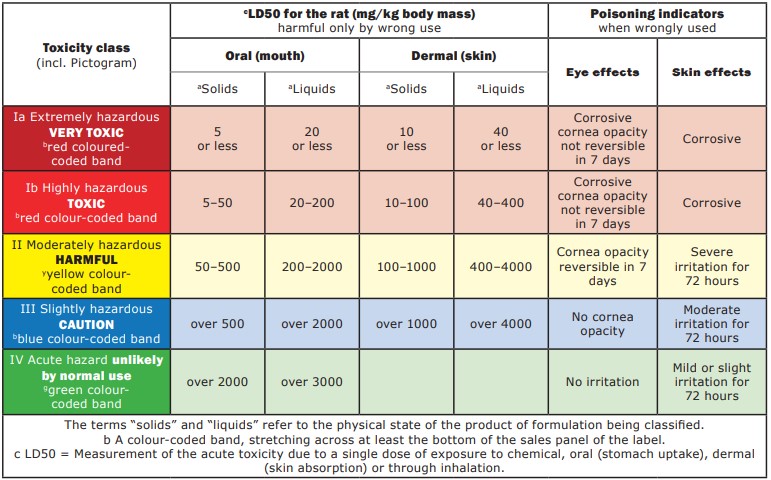
Table 1. Pesticides classified according to potential dangers
Formulation-based categorisation of pesticide products
It is common for a pesticide’s active ingredient to be sold in a variety of formulations. It is necessary to select the formulation that is most appropriate for each situation.
Always read the label for the active ingredient’s concentration and formulation. For example, 50 WP (wettable powder) contains 50% of the active ingredient. A gramme of active ingredient per litre is the unit of measure for liquid formulations. For example, a 300 EC is an emulsifiable concentrate with 300 grammes of active ingredient per litre.
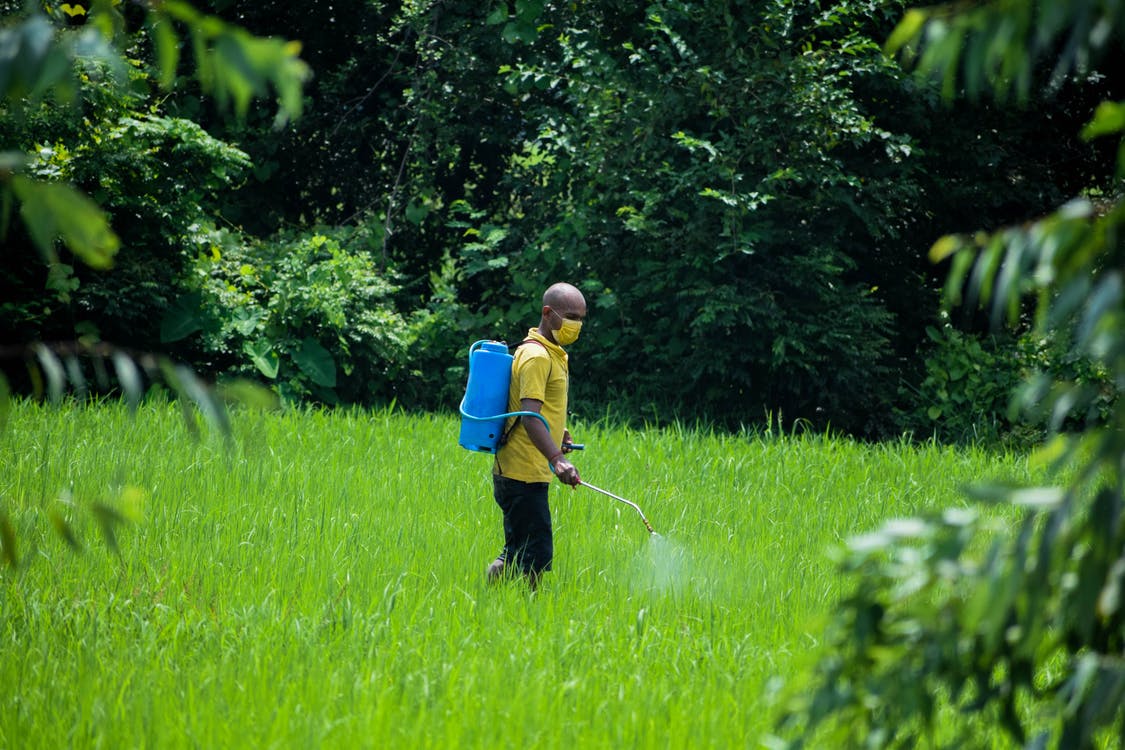
Check what application equipment to use for each pesticide. (Image source: pexels.com by Prakash Aryal)
Keep the following factors in mind when selecting a formulation:
- Protect the plant or surface. Pesticides with a high concentration can cause damage to plants. This is a
plant-specific phenomenon. - Appropriate tools should be used for the job.
- Drift and runoff are potential hazards.
- Applicator, helpers, or other humans or animals will not be harmed in any way during this process.
- The pest’s behaviour and growth pattern (bait versus broadcast spray, granular versus foliar spray).
- Cost.
- An application must be made for a specific type of environment (plant production, pasture, aquatic, forest, urban).
The information in this article is credited to the Namibia Agricultural Union and Namibia National Farmers Union who published the Crop Production Manual in 2008.

